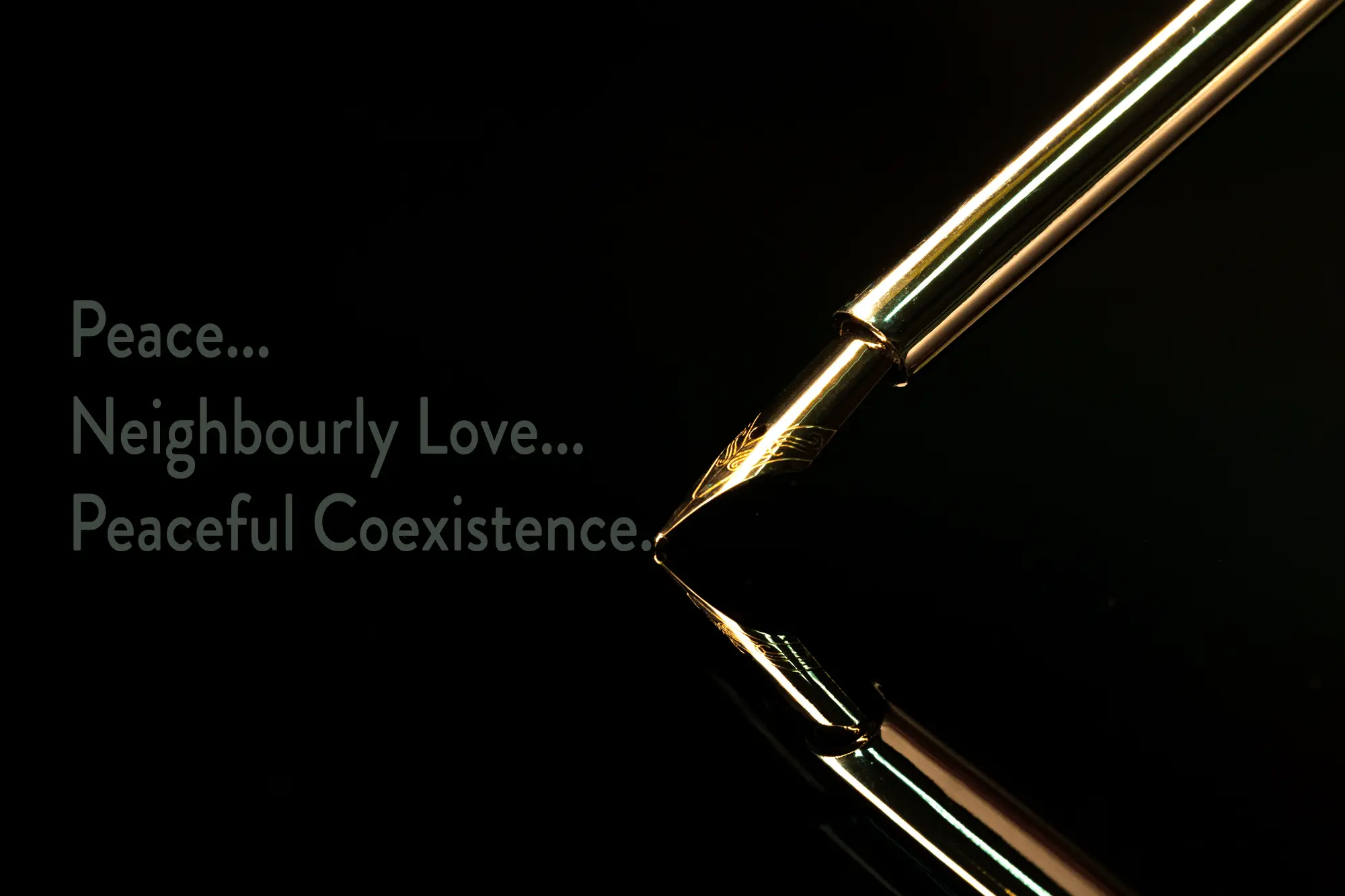
Most of us past teenage years have seen and experienced misunderstandings. Some can be tragic, some can seem funny even, looking back, some are funny – and some are rather mundane, really.
What can make it difficult can be situations such as the following, a nice example I came across the other day, paraphrased here:
A group of people were scheduled for a training of communication. Everybody arrived in time, wore casual clothing as per agenda and was quite relaxed, chatting and waiting for the training to begin. A little while into the day’s itinerary, a young man who everybody had been wondering about, arrived far too late. He was very quiet, wore a business suit that obviously had been expensive and showed a rather withdrawn behaviour.
The group decided that he seemed rather arrogant and they felt annoyed and treated with a lack of basic politeness.
It took a while to find out that he had been to a funeral, unexpectedly and of a close person and barely had found time to arrive at all…
This little anecdote makes it clear nicely how easily unrelated events can be made into a chain of misunderstanding.
Keeping an open mind and realizing that our interpretations can be wrong in spite of appearances can be the first step towards real understanding.



